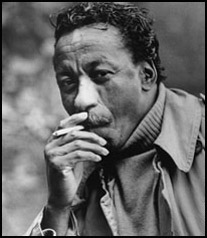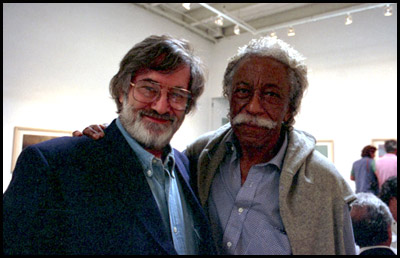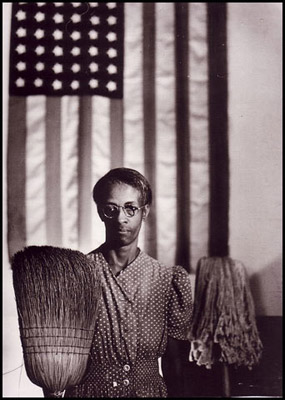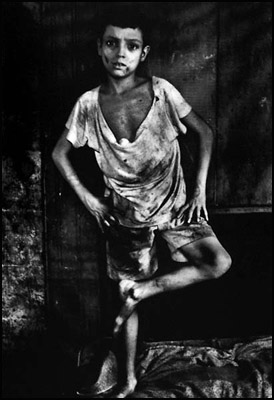 |
|---|
Gordon Parks, the photographer, filmmaker, writer and composer who used his prodigious, largely self-taught talents to chronicle the African-American experience and to retell his own personal history, died on March 7, 2006, at his home in Manhattan. He was 93.
Gordon Parks was the first African-American to work as a staff photographer for Life magazine and the first black artist to produce and direct a major Hollywood film, "The Learning Tree," in 1969.
He developed a large following as a photographer for Life for more than 20 years, and by the time he was 50 he ranked among the most influential image makers of the postwar years. In the 1960's he began to write memoirs, novels, poems and screenplays, which led him to directing films. In 1970 he helped found Essence magazine and was its editorial director from 1970 to 1973.
An iconoclast, Mr. Parks fashioned a career that resisted categorization. No matter what medium he chose for his self-expression, he sought to challenge stereotypes while still communicating to a large audience. In finding early acclaim as a photographer despite a lack of professional training, he became convinced that he could accomplish whatever he set his mind to. To an astonishing extent, he proved himself right.
Gordon Parks developed his ability to overcome barriers in childhood, facing poverty, prejudice and the death of his mother when he was a teen-ager. Living by his wits during what would have been his high-school years, he came close to being claimed by urban poverty and crime. But his nascent talent, both musical and visual, was his exit visa.
His success as a photographer was largely due to his persistence and persuasiveness in pursuing his subjects, whether they were film stars and socialites or an impoverished slum child in Brazil.
Mr. Parks's years as a contributor to Life, the largest-circulation picture magazine of its day, lasted from 1948 to 1972, and it cemented his reputation as a humanitarian photojournalist and as an artist with an eye for elegance. He specialized in subjects relating to racism, poverty and black urban life, but he also took exemplary pictures of Paris fashions, celebrities and politicians.
Mr. Parks's films, "Shaft" (1971) and "Shaft's Big Score!" (1972), were prototypes for what became known as blaxploitation films. Among Mr. Park's other accomplishments were a second novel, four books of memoirs, four volumes of poetry, a ballet and several orchestral scores. As a photographer Mr. Parks combined a devotion to documentary realism with a knack for making his own feelings self-evident. The style he favored was derived from the Depression-era photography project of the Farm Security Administration, which he joined in 1942 at the age of 30.
"American Gothic" |
Perhaps his best-known photograph, which he titled American Gothic, was taken during his brief time with the agency; it shows a black cleaning woman named Ella Watson standing stiffly in front of an American flag, a mop in one hand and a broom in the other. Mr. Parks wanted the picture to speak to the existence of racial bigotry and inequality in the nation's capital. He was in an angry mood when he asked the woman to pose, having earlier been refused service at a clothing store, a movie theater and a restaurant.
"Flavio da Silva" |
Anger at social inequity was at the root of many of Mr. Parks's best photographic stories, including his most famous Life article, which focused on a desperately sick boy living in a miserable Rio de Janeiro slum. Mr. Parks described the plight of the boy, Flavio da Silva, in realistic detail. In one photograph Flavio lies in bed, looking close to death. In another he sits behind his baby brother, stuffing food into the baby's mouth while the baby reaches his wet, dirty hands into the dish for more food. Mr. Parks's pictures of Flavio's life created a groundswell of public response when they were published in 1961. Life's readers sent some $30,000 in contributions, and the magazine arranged to have the boy flown to Denver for medical treatment for asthma and paid for a new home in Rio for his family.
|



